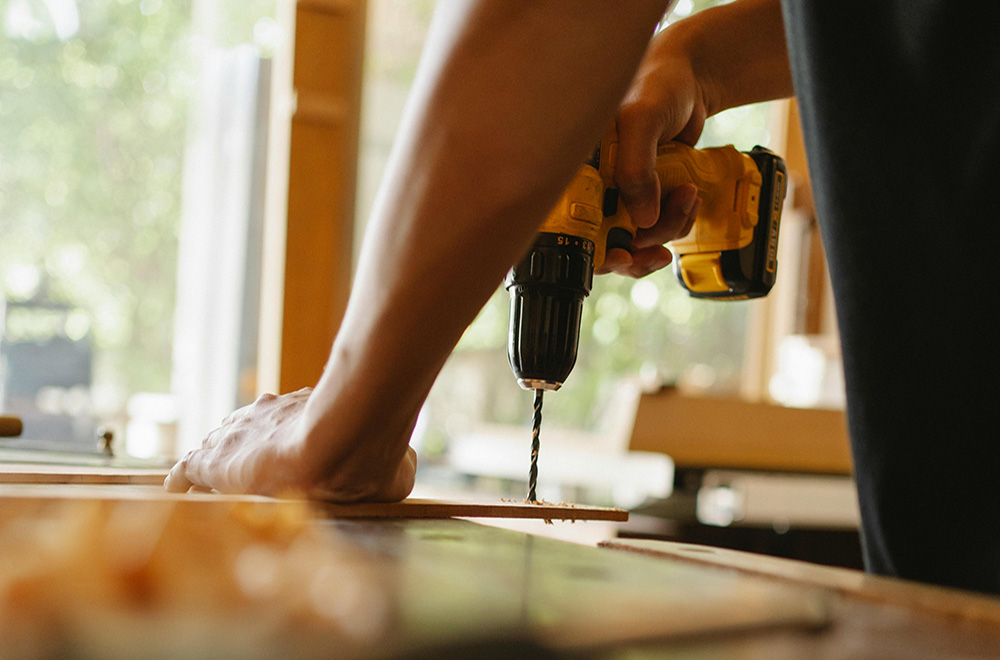
Renovating an akiya (空き家), or vacant house in Japan, can be an incredibly rewarding project. These traditional homes offer charm, character, and affordability—but they also come with challenges. If you’re planning to breathe new life into an old property, thoughtful design choices can transform even the most neglected akiya into a stunning countryside retreat or profitable rental.
Whether you’re preserving historical charm or blending it with modern comforts, here are essential design tips for renovating an akiya successfully.
1. Respect Traditional Architecture
Many akiya homes were built with local materials and craftsmanship. Preserving these elements can enhance both aesthetic and cultural value. Before renovating, take note of:
- Exposed wooden beams (梁 / hari)
- Tatami flooring
- Engawa verandas
- Shoji or fusuma sliding doors
- Tiled or thatched roofs
Whenever possible, restore rather than replace. This helps maintain the authenticity and appeal of the home.
2. Prioritize Structural Safety
Design starts with a solid foundation. Have a licensed contractor inspect the building for:
- Roof integrity
- Foundation stability
- Wood rot and termite damage
- Earthquake resistance (耐震補強)
Plan your renovation around these critical upgrades first. It’s better to resolve hidden issues before you add cosmetic improvements.
3. Mix Traditional and Modern Materials
Striking a balance between tradition and modernity is key. Many akiya lack insulation, efficient heating, or Western-style amenities. Consider blending:
- Wood and plaster walls with concrete or steel reinforcements
- Tatami areas with engineered hardwood or heated flooring in other rooms
- Classic genkan (entryway) with modern lighting and shoe storage
This hybrid approach improves comfort and functionality while keeping the home’s soul intact.
4. Open Up Dark Spaces
Older akiya tend to have dark, closed-off interiors. Japanese design historically emphasizes privacy and insulation, but modern living often calls for more light and openness. Improve spatial flow by:
- Removing non-structural walls to create open-plan layouts
- Adding skylights or larger windows
- Using glass doors to connect interiors with the garden
- Applying light-colored paints or natural lime plaster (漆喰)
This creates a brighter, airier environment that appeals to both residents and future renters or buyers.
5. Create Flexible Multi-Use Rooms
Many akiya have small, compartmentalized rooms. Consider converting these into more flexible spaces:
- A former bedroom can double as a home office or creative studio
- Tatami rooms can be upgraded into guest rooms, yoga spaces, or tearooms
- A small storage space can be turned into a utility room with washing machine and dryer
Flexible design adds modern livability and increases resale or rental potential.
6. Maximize the Kitchen and Bathroom
These two spaces often require the biggest upgrades in akiya renovations. Consider:
- Expanding a small galley kitchen into a modern open-concept kitchen
- Installing induction cooktops, modern cabinetry, and water-efficient fixtures
- Upgrading the bathroom with a unit bath, walk-in shower, or Western toilet
- Adding insulation and heated flooring to improve comfort during winter
These improvements dramatically enhance daily life and property value.
7. Embrace Natural Materials and Minimalism
Japanese design emphasizes harmony with nature. Use this as a guiding principle:
- Opt for wood, stone, clay walls, and woven materials
- Integrate indoor plants or bonsai for a calming effect
- Use neutral colors, clean lines, and uncluttered layouts
This minimalistic and organic approach reflects the wabi-sabi aesthetic—beauty in imperfection and transience.
8. Enhance the Exterior and Garden
Akiya exteriors are often overgrown or neglected. With some effort, they can become breathtaking:
- Clear and landscape the garden using Japanese rock garden principles
- Build or restore a deck, engawa, or outdoor seating area
- Add pathways, solar lighting, or a tsukubai (stone water basin)
- Repaint or replace siding and gutters for a clean, fresh look
Curb appeal matters, especially if you plan to rent or resell the home.
9. Incorporate Eco-Friendly and Energy-Efficient Features
Many akiya lack insulation and consume energy inefficiently. Add sustainability through:
- Double-glazed windows
- Solar panels
- LED lighting
- Modern insulation in walls and ceilings
- Eco-friendly toilets and appliances
This reduces long-term costs, lowers environmental impact, and qualifies for green subsidies in some regions.
10. Hire a Team Familiar with Akiya Renovations
Not all contractors understand the unique features and limitations of akiya properties. Work with:
- Architects who specialize in traditional and rural Japanese homes
- Renovation companies with bilingual staff and local experience
- Consultants like Akiya Heaven who manage the project from start to finish for foreign clients
A guided renovation ensures that no detail is overlooked—and avoids costly mistakes.
Final Thoughts
Renovating an akiya is more than a construction project—it’s a way to preserve history, express creativity, and reimagine the future of rural Japan. With the right design approach, these abandoned homes can become timeless sanctuaries or high-value investments.
At Akiya Heaven, we help you through every step of the renovation journey, from sourcing properties to managing the work with trusted professionals.
Contact Us Today!
Ready to explore the potential of an akiya? Reach out to us at contact@akiyaheaven.jp to discuss your options and begin your journey toward owning a unique Japanese property. Akiya Heaven’s experts are here to answer your questions and provide the guidance you need. Unlock the potential of an akiya and turn an abandoned home into your ideal property. Contact us now to learn more!
